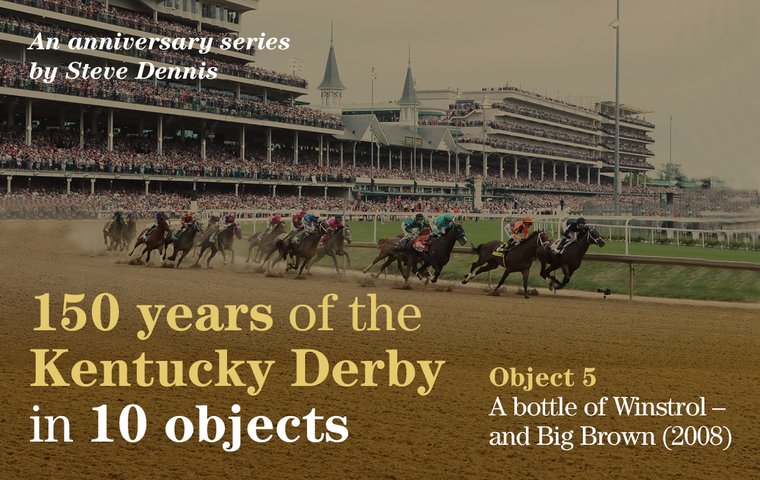
Steve Dennis reaches the halfway point in his series with one of its most notorious renewals of America’s greatest race featuring controversial triumph and horrendous tragedy
Legal is not always moral; occasionally the difference between them is reefer-paper thin, but frequently it is a mile wide. The outcome of the 2008 Kentucky Derby would bring that difference into the spotlight’s stark glare, and shake racing’s complacency about its bad old habits until it cracked.
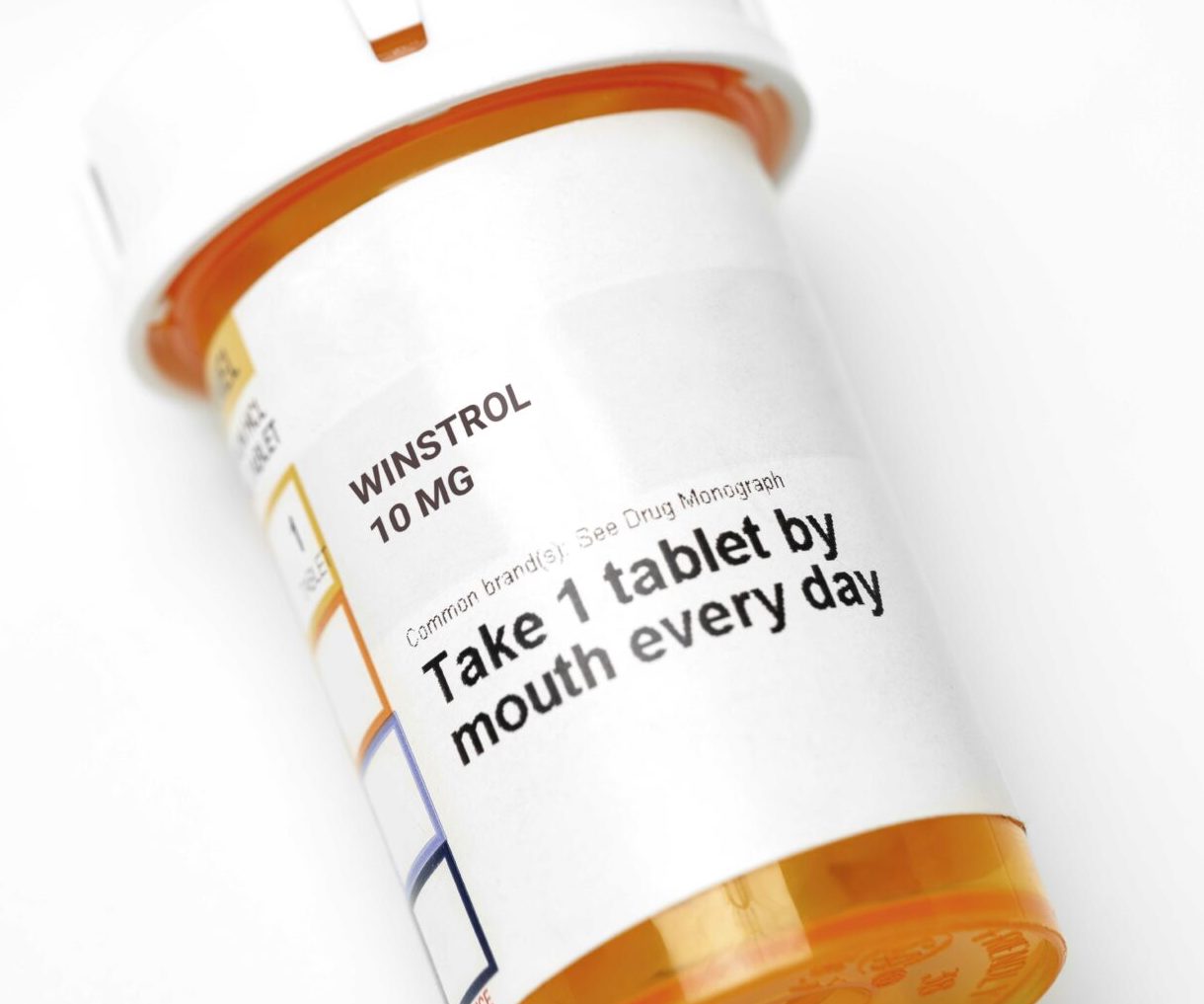 Now, before the lawyers come slinking out of their caves with their teeth bared and invoices at the ready, it was perfectly legal to give Big Brown the odd shot of Winstrol – a brand name for the anabolic steroid stanozolol – during his preparation for the Kentucky Derby.
Now, before the lawyers come slinking out of their caves with their teeth bared and invoices at the ready, it was perfectly legal to give Big Brown the odd shot of Winstrol – a brand name for the anabolic steroid stanozolol – during his preparation for the Kentucky Derby.
His trainer Richard Dutrow was merely using all the tools available to him, but to the world at large the colt’s ability was destined to become almost indistinguishable from his medical record.
Stanozolol had been the drug of choice for Canadian sprinter Ben Johnson, who was chemically invigorated when winning the 100 metres gold at the 1988 Olympics. Johnson failed a post-race test and was summarily disqualified, and stanozolol never went away. Twenty years later, it was in the news again.
“I give all my horses Winstrol on the 15th of every month,” the forthright, divisive Dutrow told the New York Daily News a week before the Derby. “If [the authorities] say I can’t use it any more, I won’t.”
His only crime – if crime there was – was being a loudmouth and trumpeting what others were also doing in less brazen fashion. Racing authorities in the three Triple Crown states – Kentucky, Maryland and New York – condoned steroid use, as did many other states.
Front-page headlines
Dutrow was in the clear, but after Big Brown had strolled to victory in the ‘Run for the Roses’ his comments began to find its way out of the sports section and into the front-page headlines.
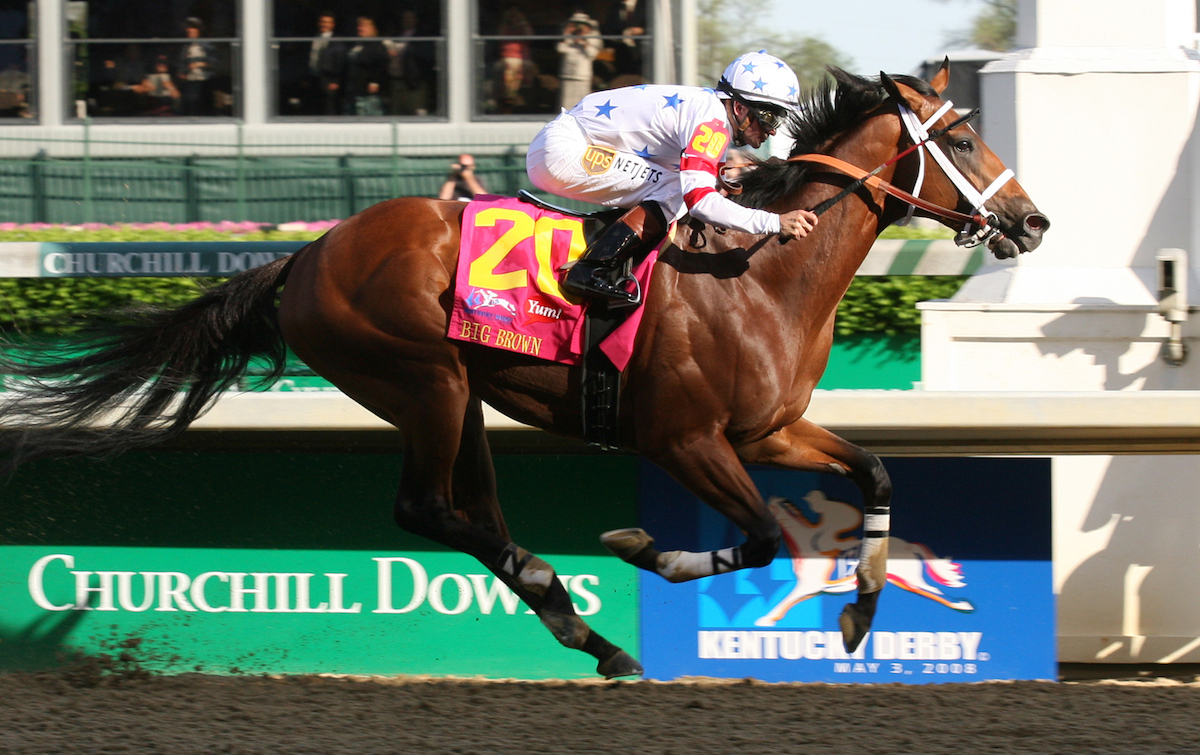 Big Brown was an unusual suspect for Derby glory in any case. He had made just three starts before walking into the outside post at Churchill Downs, having completed his preparation by crushing his rivals in the Florida Derby in a sizzling time, a performance that came precisely two weeks after his monthly appointment with Dr Feelgood.
Big Brown was an unusual suspect for Derby glory in any case. He had made just three starts before walking into the outside post at Churchill Downs, having completed his preparation by crushing his rivals in the Florida Derby in a sizzling time, a performance that came precisely two weeks after his monthly appointment with Dr Feelgood.
No horse had won the Kentucky Derby with just three runs under its belt since 1915, no horse had won from the 20-hole since 1929, but Big Brown was 2-1 favourite to navigate that statistical minefield and he was foot-perfect under Kent Desormeaux, for whom it was a third Derby win.
Big Brown blew them away. He sat behind the speed, surged to the lead on the home turn and improved his position with irrepressible ease through the stretch, coasting by 4¾ lengths from the tragic filly Eight Belles, who broke both front ankles when galloping out and was euthanized on the track.
Her death inevitably sparked a furore, shifting the Derby aftermath towards the emotive subject of equine welfare, an angle that also pushed an uncomfortable spotlight on Big Brown’s Winstrol habit.
The racing press, accepting that Dutrow was legally fireproof, turned their eyes to the Preakness and the Belmont. The national and international press, on the other hand, nagged away at the steroids issue, moving the needle of public perception.
There may be no such thing as bad publicity but this was running perilously close. People who weren’t rac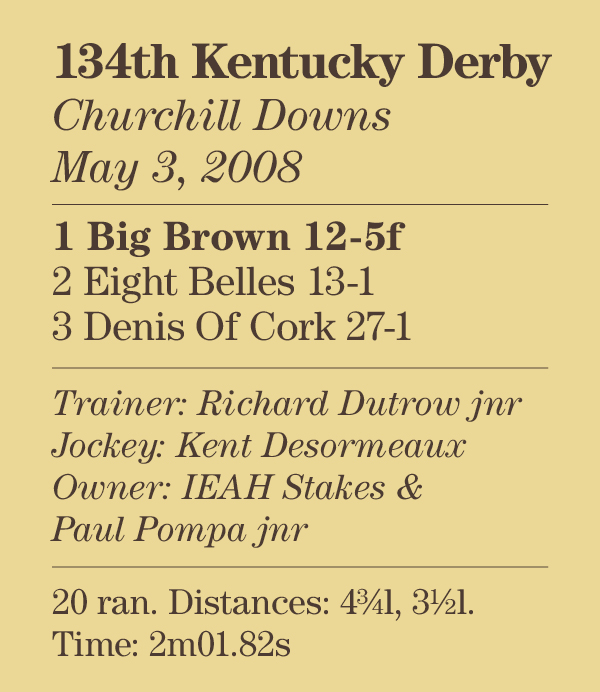 ing experts were pretty confident that they didn’t like the idea of horses being given steroids to make them perform better.
ing experts were pretty confident that they didn’t like the idea of horses being given steroids to make them perform better.
Legal high ground
The controversy was almost as intense as it had been when 1968 Kentucky Derby winner Dancer’s Image was actually disqualified – the first Derby winner ever to be thrown out – after traces of butazolidin were found in a post-race test. The raceday use of bute was declared legal in 1974.
Dutrow didn’t help the situation, even from atop his legal high ground. “I don’t know what a steroid does, I just like using it,” he told the Baltimore Sun on Preakness eve, taking everyone for a fool while making one of himself.
It later emerged that Big Brown had not been given his scheduled dose of Winstrol on May 15, possibly because the Preakness was run on May 17. He demolished the field at Pimlico, taking the second step to Triple Crown heaven by 5¼ lengths, despite being eased down at the sixteenth-pole.
“The horse had been doing so good, and is doing so good, I don’t want to screw things up. I haven’t changed any routine,” Dutrow told the New York Times before the Belmont, explaining away the no-dose on May 15, which of course was a change to routine despite the trainer’s assertion to the contrary.
Digging the dirt
With a Triple Crown on the line, interest in racing peaked. ‘Big Brown’s legal doping a concern’ ran a story in the New York Daily News. The British newspaper The Independent went with ‘Digging the dirt - wake-up call for the American dream’. The New York Intelligencer went full Hunter S Thompson with the strapline ‘Big Brown gets off the smack just in time for Belmont’.
Stoking the fire, Dutrow brazenly forecast that it “was a foregone conclusion” that Big Brown would sweep the series, despite the colt sustaining a quarter-crack in his near-fore hoof. Hubris raised an eyebrow, called its friend Nemesis, and the old firm headed for the track.
There, Big Brown coughed up the Belmont and the Triple Crown in milksop fashion, swiftly losing position on the turn and being steadied to a walk at the top of the stretch behind shock 39-1 winner Da’ Tara. The quarter-crack may have been an issue; he certainly turned a hind shoe just after the start; he was running clean 53 days after his last Winstrol shot. Take your pick.
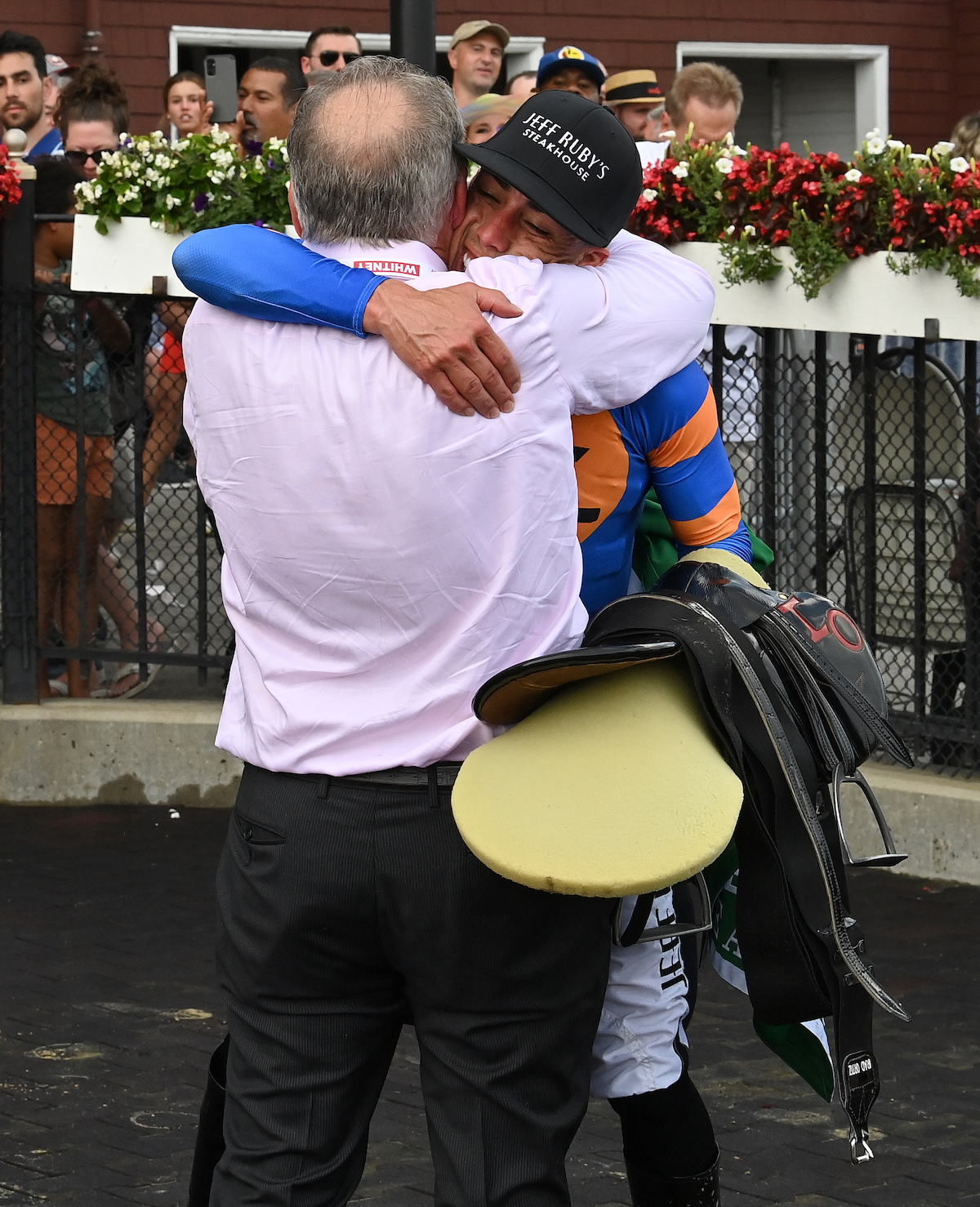 The headline in the New York Times the following day was ‘Wondering if steroids fuelled a run at glory?’, and writer William Rhoden pondered whether Big Brown was “nothing but a chemical horse, a paper tiger propped up by steroids”. The dream fostered by that Kentucky Derby tour de force had become a nightmare.
The headline in the New York Times the following day was ‘Wondering if steroids fuelled a run at glory?’, and writer William Rhoden pondered whether Big Brown was “nothing but a chemical horse, a paper tiger propped up by steroids”. The dream fostered by that Kentucky Derby tour de force had become a nightmare.
Dutrow fell headlong from grace, being stripped of his licence in 2013 after amassing a laundry list of medication violations. He returned to training in 2023 and won the Breeders’ Cup Classic with White Abarrio. The use of steroids was banned in all states in 2022.
• Visit the Kentucky Derby website and the Kentucky Derby Museum website
View the latest TRC Global Rankings for horses / jockeys / trainers / sires


